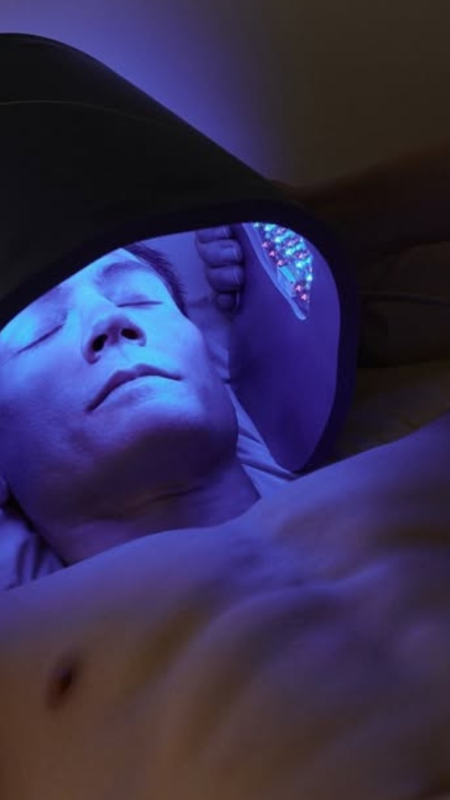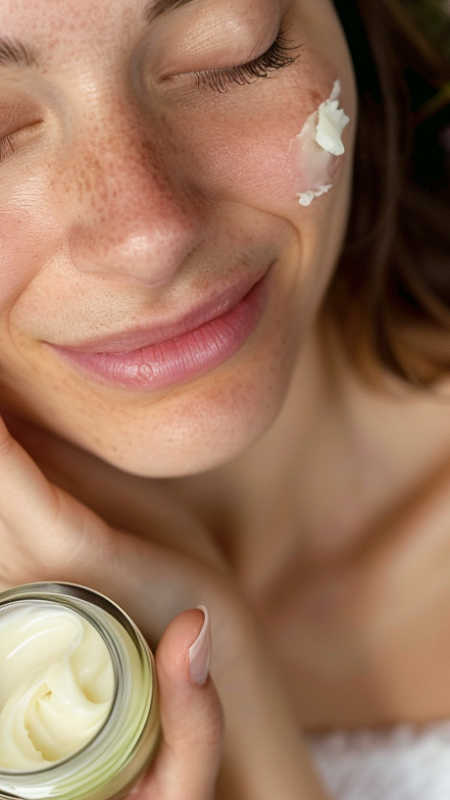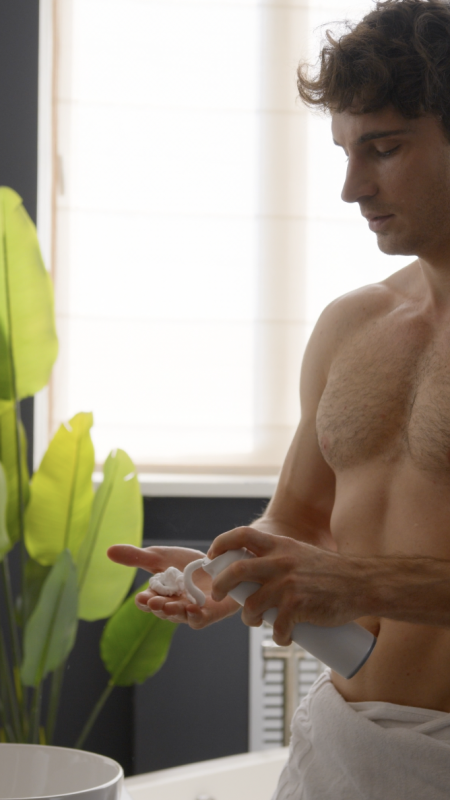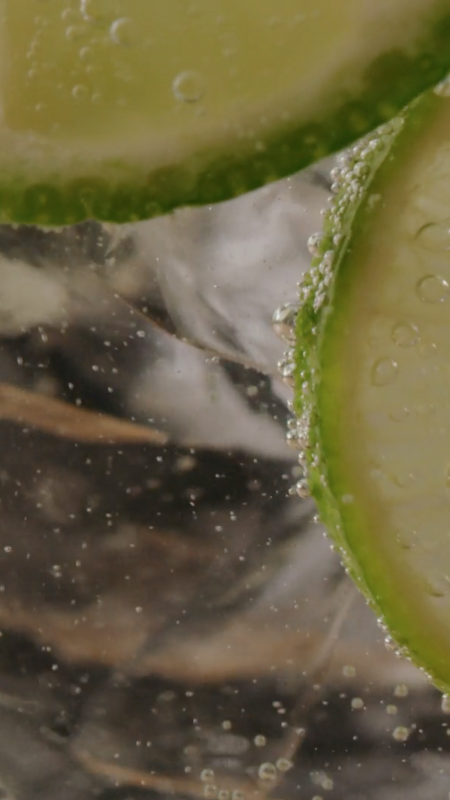Your dessert stomach is real, and science can’t shame you for it
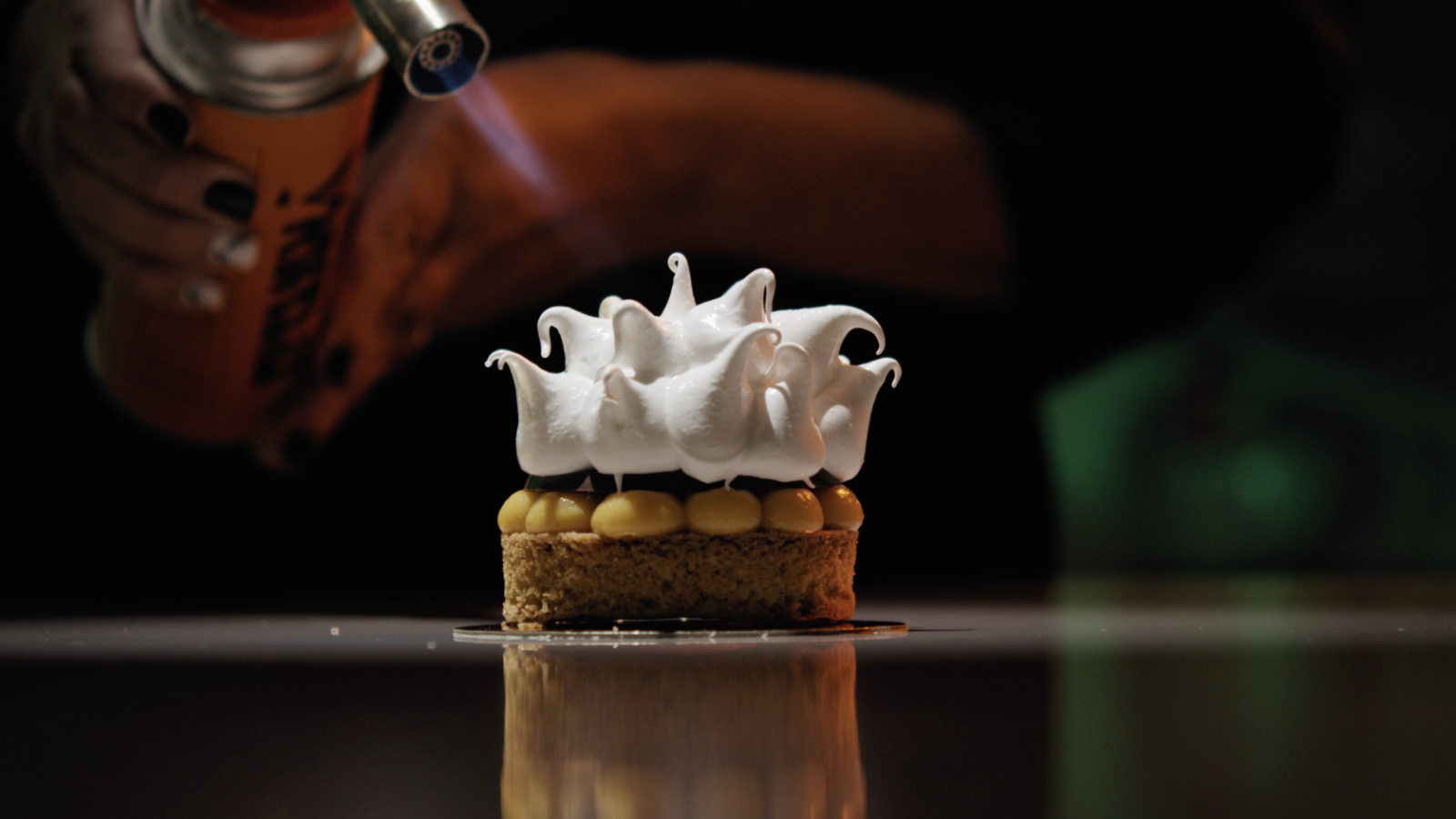
We’ve all been there: that moment when the thought of another mouthful of your puttanesca makes you feel unwell. You are stuffed. But you order the tiramisu anyway.We all know that sweet things hit differently, right?
The phenomenon is referred to as our “dessert stomach” – a separate space that we can stuff with sweet treats even when our “regular” stomach is full. And now new science has proven its existence.
Researchers from the Max Planck Institute for Biology of Ageing studied our ‘sugar appetite’ by offering completely satiated mice sugar. They all took it. The researchers took brain scans to look at what was behind the desire for dessert. They found that certain nerve cells associated with endorphins lit up when the sated mice ate extra sugar – but not when they ate savory or fatty food. When they did the same brain scans on humans, they found that we have the same pathways that respond to dessert, even when we’re full and disinterested in other foods.
Explaining why, registered associate nutritionist Eli Brecher says: ‘Our ability to eat sweet foods even when full is linked to the brain’s reward system. Sugary foods trigger the release of dopamine, a neurotransmitter associated with pleasure and satisfaction. This response is evolutionary – our ancestors relied on calorie-dense foods for survival, and sweet foods often signalled energy-rich, safe sources of nutrition.’
,, Our hunting-and-gathering days may be far behind us, but our biological inclination for sugar remains., Eating for your ‘second stomach,’ however, can induce a hamster wheel of cravings. ‘In moderation, enjoying something sweet after a meal isn’t necessarily an issue. However, repeatedly eating beyond the point of fullness may reinforce cravings, making it harder to regulate portion sizes,’ says Brecher.
Luckily, eating sugar after savouries is actually the healthiest way to consume it. ‘Eating sweets alongside protein, fibre and healthy fats can help slow sugar absorption, reducing spikes in blood sugar levels, so having it after a balanced meal is often helpful,’ adds Brecher.
However, if you want to break the cycle and tame your sweet tooth, she recommends going for a walk after eating. ‘Cravings often pass within 10–15 minutes, and a short walk can shift your focus,’ says Brecher. As a bonus, according to a study published in the International Journal of Environmental Research and Public Health, a walk after eating has been shown to help lower the glycemic
impact of food, leading to fewer energy dips and cravings later on.
‘Also, try identifying what triggers you to want sugar. Emotional eating and habit-based cravings are common. Mindful eating can help differentiate between true hunger and a psychological craving,’ she says.
To be more mindful, try ‘savouring a small portion rather than eating out of
habit or boredom,’ adds Brecher. Making a portion of chocolate a ritual, rather than filling your second stomach with dessert on a nightly basis, will help you build a better relationship with sugar.







